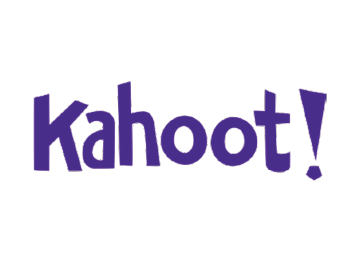
My Account Details
My Account Details
Log In to My PreK-12 Platform
Log In to My Higher Ed Platform
My Account Details
Log In to My PreK-12 Platform
Log In to My Higher Ed Platform
Welcome to IMPACT Social Studies—an inquiry-based, student-centered program that empowers young learners to explore the world and find their place within it. Let’s make an impact.

Teach social studies the way you want in the time you have with flexible pacing options and rich print and digital resources. Fast tracks and pacing guides set out a streamlined path through the essential standards and skills, with options to mix and match resources to achieve your social studies goals.
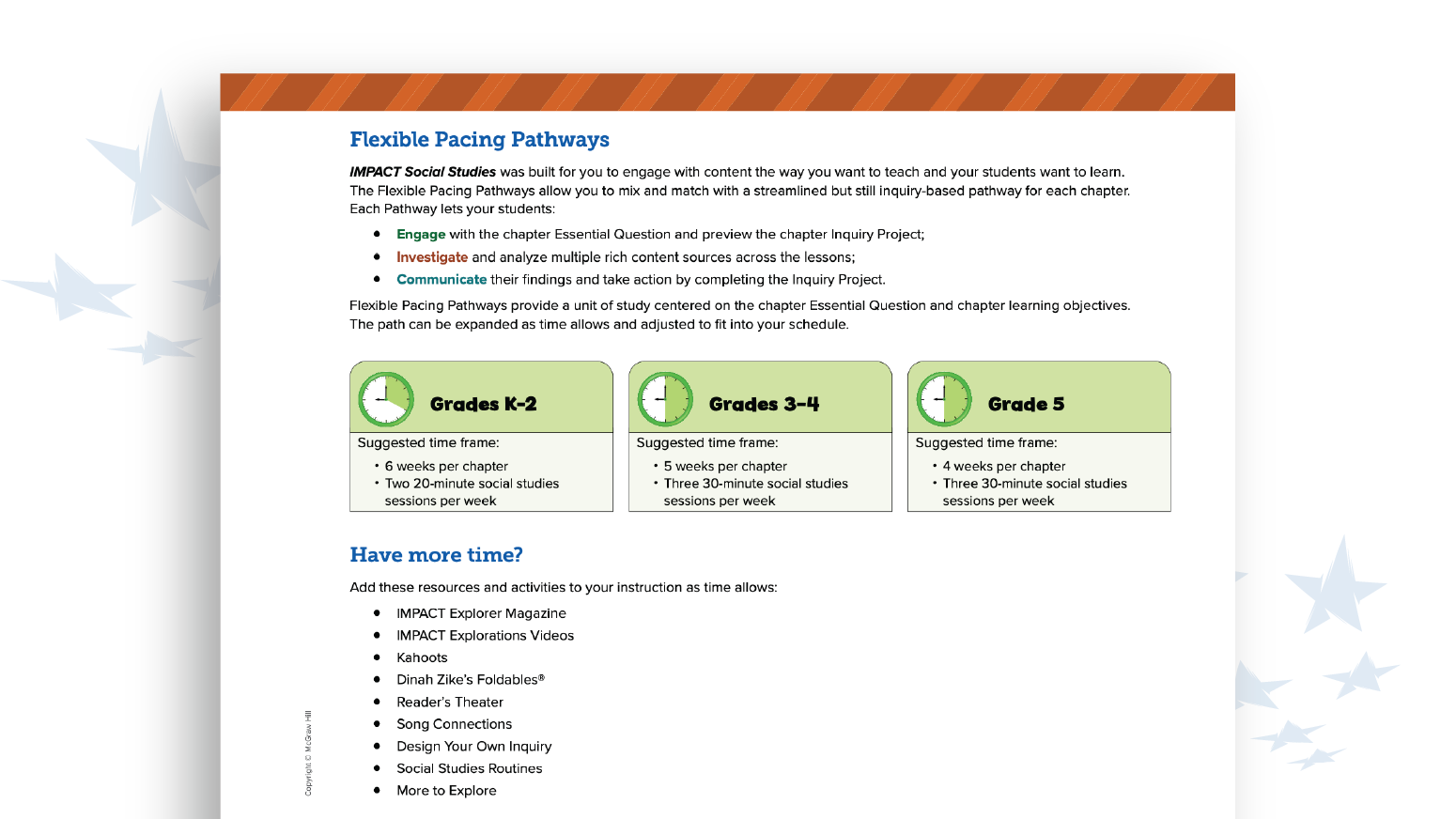

Chapter and Lesson Videos
Watch, listen, and discuss topics that extend knowledge, present different perspectives, and explore the Lesson Question or Chapter Essential Question.
IMPACT 360 Videos
Immerse students in various landscapes around the world all from the comfort of the classroom or at home.
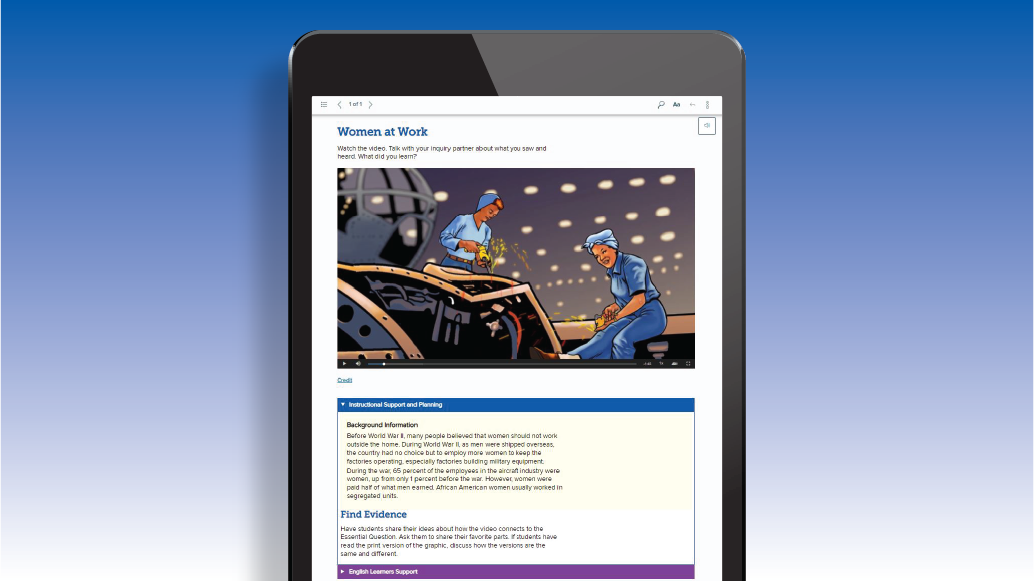
Graphic Novels
Engage students in original graphic-novel style narratives.
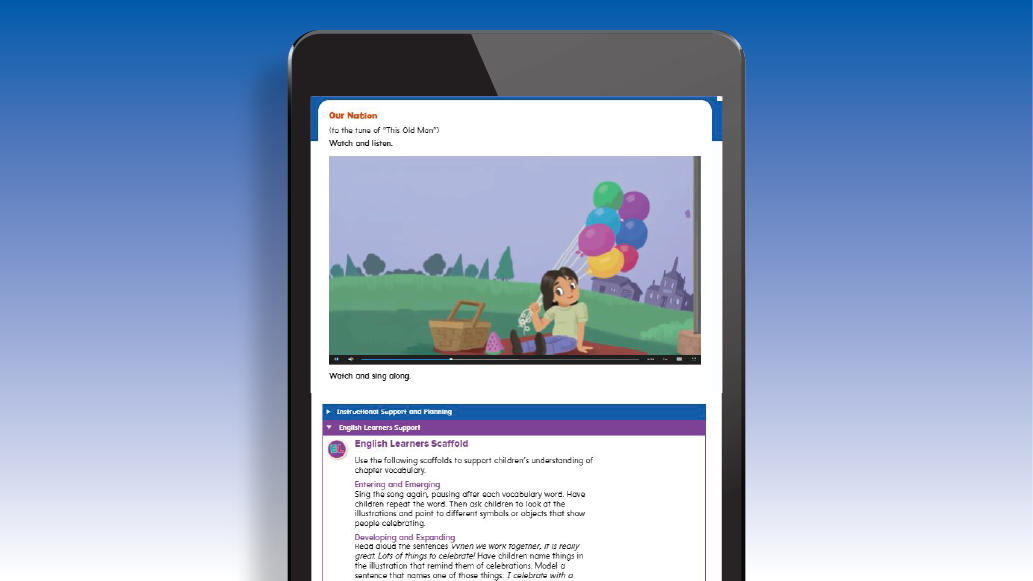
Song Connections
Engage your classroom through the power of music—encouraging students to listen and sing along with the whole class.
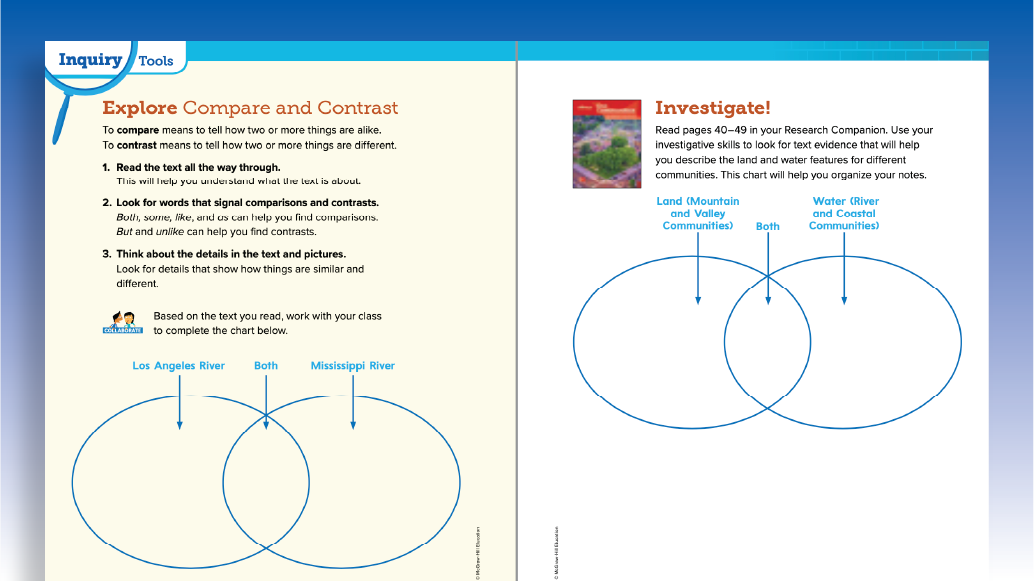
Interactive Resources
Boost engagement and retention with interactive maps, timelines, graphic organizers, and more.
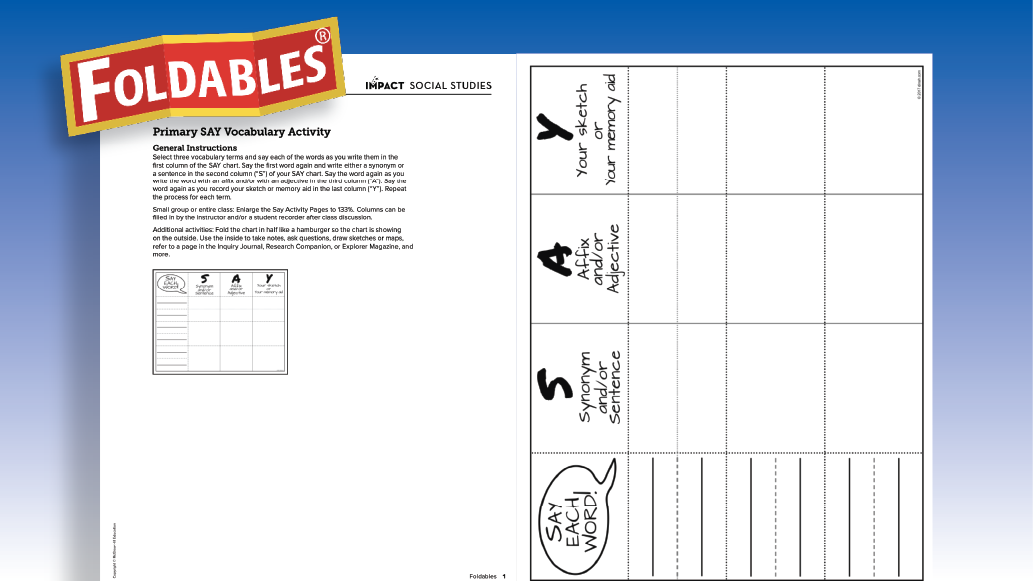
Foldables®
Created by award-winning author, educator, and inventor Dinah Zike, Foldables are interactive graphic organizers that enhance vocabulary, strengthen notetaking skills, and unlock content.
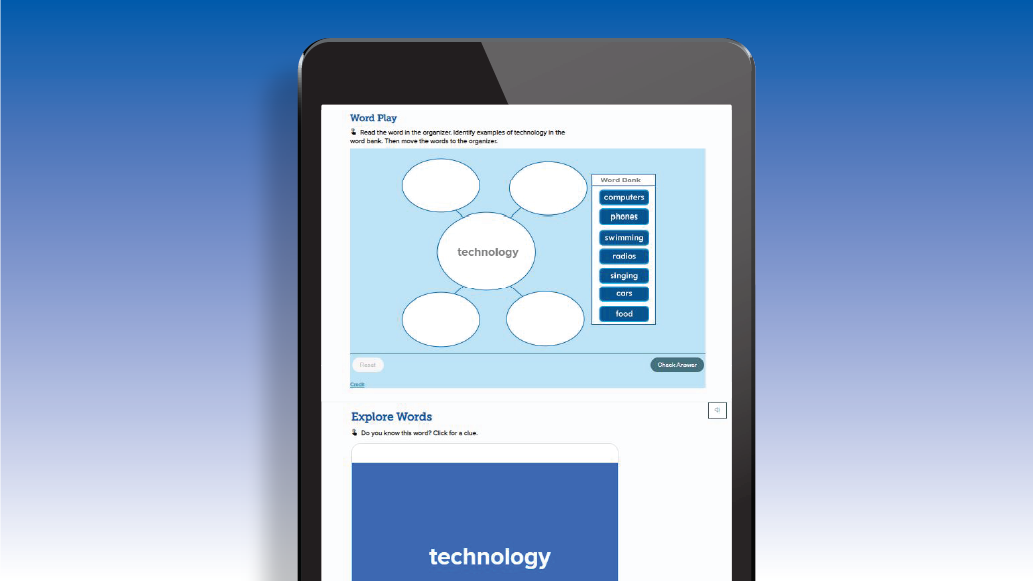
Word Play and Explore Words
Give students opportunities to demonstrate their understanding of chapter vocabulary through interactive, independent practice.

Chapter and Lesson Videos
Watch, listen, and discuss topics that extend knowledge, present different perspectives, and explore the Lesson Question or Chapter Essential Question.
IMPACT 360 Videos
Immerse students in various landscapes around the world all from the comfort of the classroom or at home.

Graphic Novels
Engage students in original graphic-novel style narratives.

Song Connections
Engage your classroom through the power of music—encouraging students to listen and sing along with the whole class.

Interactive Resources
Boost engagement and retention with interactive maps, timelines, graphic organizers, and more.

Foldables®
Created by award-winning author, educator, and inventor Dinah Zike, Foldables are interactive graphic organizers that enhance vocabulary, strengthen notetaking skills, and unlock content.

Word Play and Explore Words
Give students opportunities to demonstrate their understanding of chapter vocabulary through interactive, independent practice.

Chapter and Lesson Videos
Watch, listen, and discuss topics that extend knowledge, present different perspectives, and explore the Lesson Question or Chapter Essential Question.
IMPACT 360 Videos
Immerse students in various landscapes around the world all from the comfort of the classroom or at home.

Graphic Novels
Engage students in original graphic-novel style narratives.

Song Connections
Engage your classroom through the power of music—encouraging students to listen and sing along with the whole class.

Interactive Resources
Boost engagement and retention with interactive maps, timelines, graphic organizers, and more.

Foldables®
Created by award-winning author, educator, and inventor Dinah Zike, Foldables are interactive graphic organizers that enhance vocabulary, strengthen notetaking skills, and unlock content.

Word Play and Explore Words
Give students opportunities to demonstrate their understanding of chapter vocabulary through interactive, independent practice.

Chapter and Lesson Videos
Watch, listen, and discuss topics that extend knowledge, present different perspectives, and explore the Lesson Question or Chapter Essential Question.
IMPACT 360 Videos
Immerse students in various landscapes around the world all from the comfort of the classroom or at home.

Graphic Novels
Engage students in original graphic-novel style narratives.

Song Connections
Engage your classroom through the power of music—encouraging students to listen and sing along with the whole class.

Interactive Resources
Boost engagement and retention with interactive maps, timelines, graphic organizers, and more.

Foldables®
Created by award-winning author, educator, and inventor Dinah Zike, Foldables are interactive graphic organizers that enhance vocabulary, strengthen notetaking skills, and unlock content.

Word Play and Explore Words
Give students opportunities to demonstrate their understanding of chapter vocabulary through interactive, independent practice.
Empower your students to discover their role in the community, the nation, and the world with trusted, age-appropriate content. An abundance of engaging resources—graphic novels, videos, Kahoot! quizzes, primary sources, and more—immerse students in the learning experience and help them build the knowledge and critical-thinking skills they need to thrive in our ever-changing society.
Ensure every student, no matter their abilities or language proficiency, has the tools to grow into an informed, active citizen. With differentiated scaffolds, leveled readers, and robust supports for English Language Learners—including a 100% Spanish version of core content—IMPACT guarantees equitable access to complex historical and cultural content.


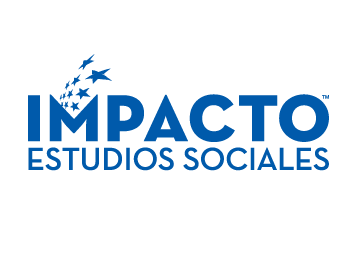
Support your bilingual students with this one-to-one Spanish-language version of IMPACT Social Studies.
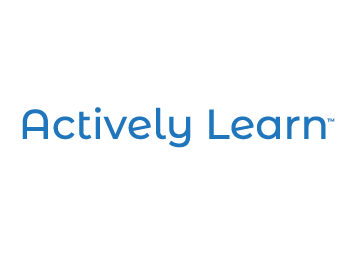
Enrich your social studies instruction with an ever-expanding library of standards-aligned content.
With seamless alignment to the College, Career, and Civic Life (C3) Framework, IMPACT places inquiry at the heart of its social studies instruction. Each of the C3 Framework dimensions is threaded throughout the IMPACT instructional model, ensuring that students receive engaging, relevant, standards-aligned content every step of the way.

With IMPACT, Essential Questions are the starting point that shape the inquiry process—guiding student investigations into each chapter’s core concepts. Lesson Questions continue the inquiry process by prompting students to unpack historical concepts and discover unique perspectives as they analyze high-quality primary and secondary sources. Working together, the Lesson Questions build the foundational knowledge students need to address the chapter Essential Question.
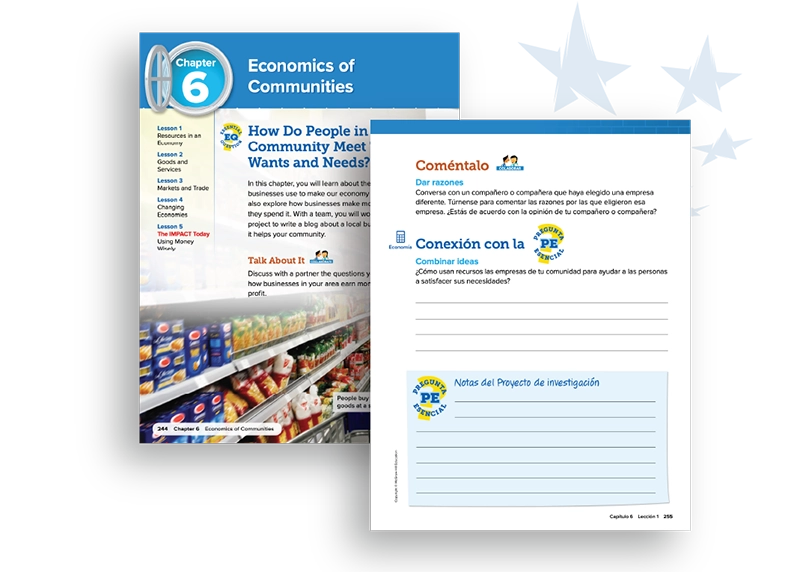
Provide every student with the disciplinary tools and strategies to think like a historian, geographer, economist, and as an informed world citizen. IMPACT builds a solid foundation in these essential domains of social studies with a spiraled, developmental approach and coherent units of study—actively engaging students with a rich variety of informational texts, primary sources, media, and activities.

